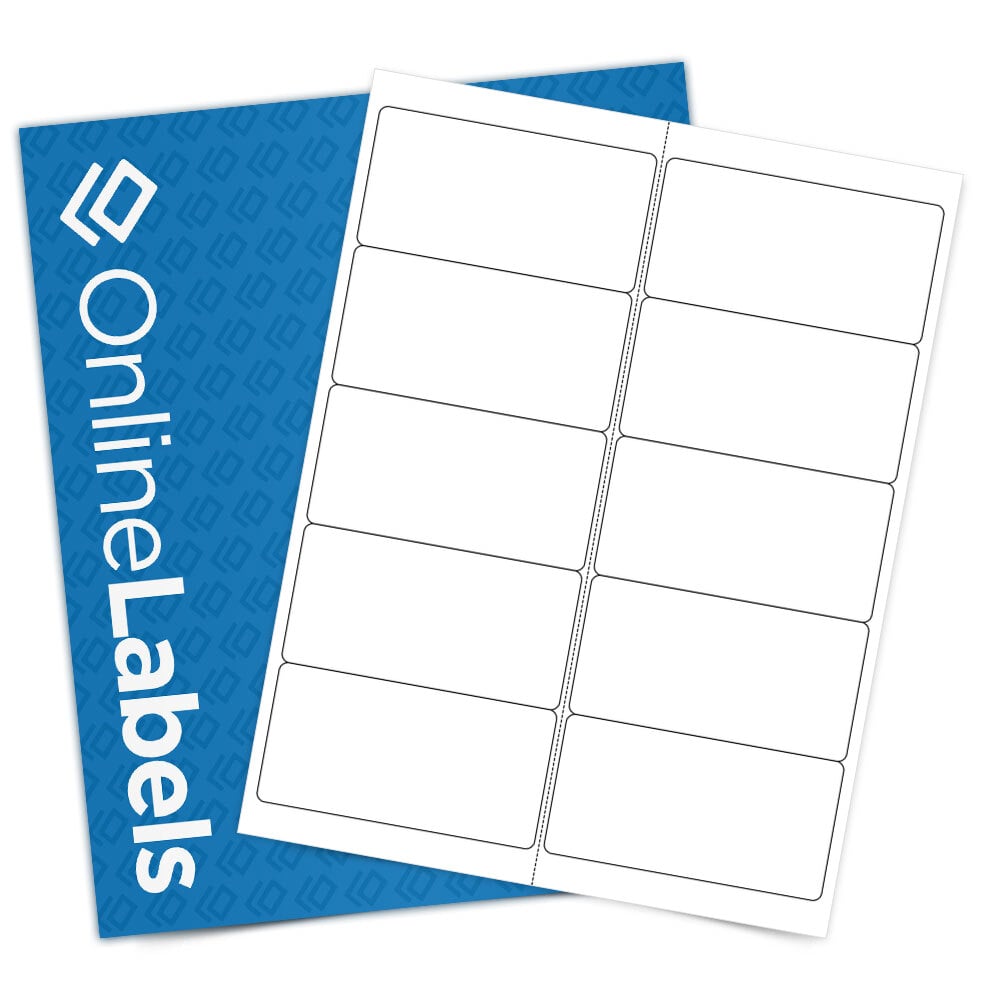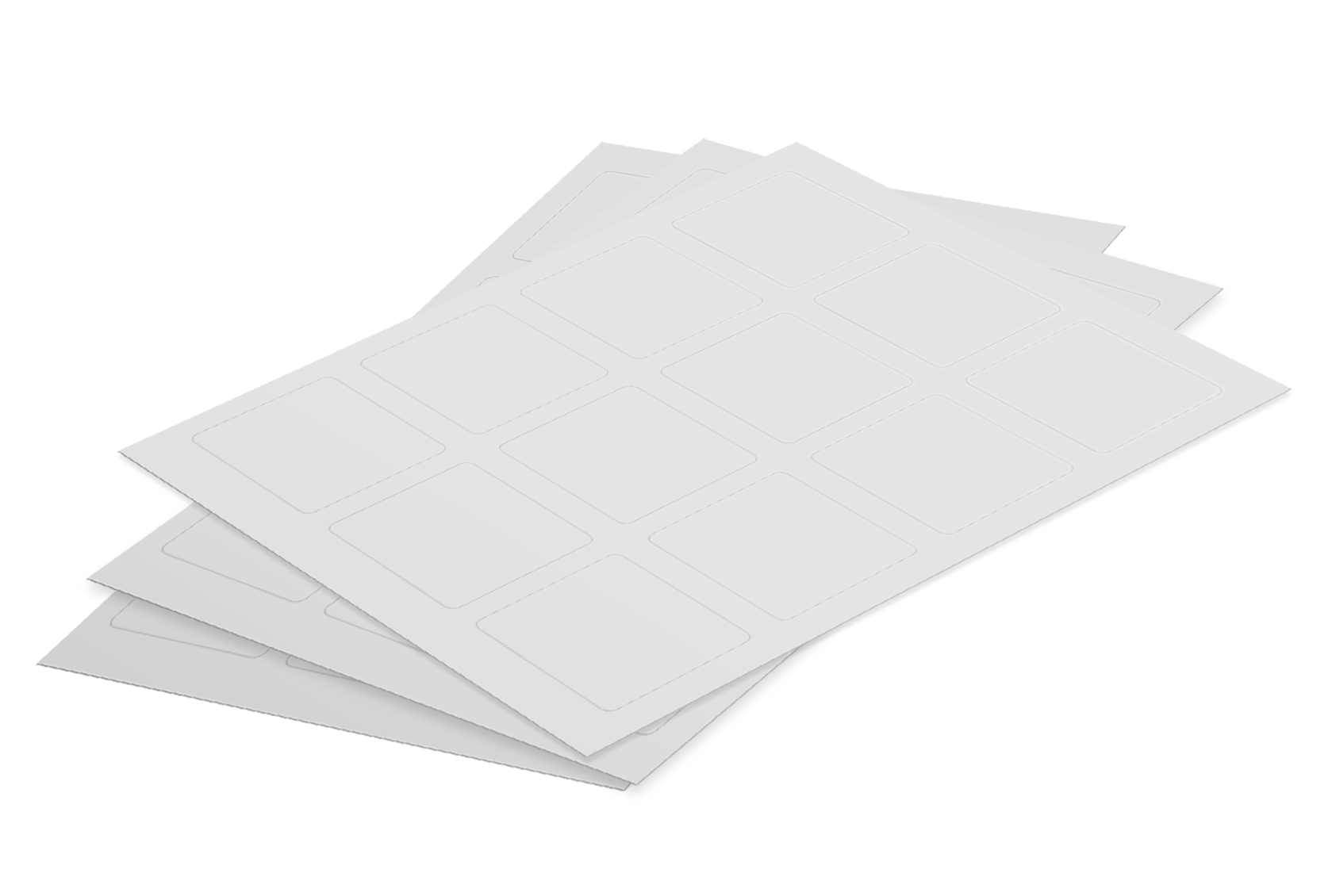Comprehending Just How Blank Labels Work to Enhance Your Labeling Experience
Understanding the mechanics of blank labels is necessary for maximizing your labeling practices across various contexts. To completely comprehend exactly how these labels can change your procedures, one have to consider the different types available and the myriad ways they can be customized to suit particular needs.

Benefits of Using Blank Labels
Blank labels offer a flexible remedy for different labeling requirements, making them indispensable in both individual and expert setups. Their adaptability permits users to produce customized labels tailored to details requirements, boosting organizational effectiveness. Whether made use of in home offices, retail settings, or industrial applications, blank labels assist in the recognition and categorization of items, records, and individual things.
One considerable benefit of blank labels is their cost-effectiveness. By allowing users to print just the labels they require, waste is reduced, and inventory management comes to be a lot more workable. Furthermore, blank labels work with numerous printing methods, including inkjet and laser printers, making them accessible for different individuals.

In addition, using blank labels streamlines the procedure of updating details, as users can quickly publish new labels to change outdated ones, making sure that all items and files are precisely classified. In general, blank labels supply a practical and effective labeling remedy for diverse applications.
Kinds of Blank Labels Available
What options are offered when it involves blank labels? Blank labels come in a variety of types, each fit for various applications and preferences. The most common types consist of paper labels, which are versatile and economical, making them suitable for daily usage. They are readily available in different surfaces, such as matte and shiny, permitting visual flexibility.
An additional preferred alternative is artificial labels, frequently made from materials like polyester or vinyl. These labels are understood for their toughness and resistance to water, chemicals, and tearing, making them ideal for rough settings. They are generally made use of in industrial settings or for labeling items that might be revealed to dampness.
Furthermore, there are thermal transfer labels, which need a printer that utilizes warm to transfer ink onto the label surface. These labels are favored for their premium print and durability.
Lastly, specialty labels accommodate details demands, such as detachable labels for short-term use or high-temperature labels for extreme problems. Understanding these alternatives permits individuals to choose the most ideal blank tag for their distinct labeling requirements.
Customization Options for Labels
A vast variety of customization choices is offered for labels, allowing customers to customize them to specific demands and branding demands. Users can pick from different sizes, forms, and materials to make certain that the labels properly fit their desired function. Common products include paper, polyester, and plastic, each providing different degrees of resilience and visual appeal.
Shade choices play a crucial duty in personalization, making it possible for brands to keep consistency with their company identity. Customers can pick from a range article of shades or even choose customized printing to match details branding aspects. In addition, labels can be printed with special designs, logos, and message, boosting brand acknowledgment and aesthetic impact.
One more important element is the selection of adhesive. Labels can be created with irreversible, removable, or repositionable adhesives, depending upon the application requirements. This adaptability permits efficient labeling options throughout various atmospheres, from retail to commercial setups.

Tips for Effective Labeling
Reliable labeling goes beyond modification; it likewise entails calculated considerations that improve functionality and interaction. To attain reliable labeling, begin by clearly specifying the purpose of each label.
Next, focus on visibility by choosing appropriate colors and font styles. High comparison between message and history improves readability, while bigger fonts assist in fast recognition. Additionally, make sure that labels are placed in a regular and logical fashion, making it much easier for individuals to find and analyze info.
Take into consideration the resilience of labels. Select products suited for the certain setting where the labels will be made use of, whether it be inside or outdoors. Water resistant or tear-resistant choices may be required depending on the context.
Lastly, consistently review and upgrade your labels to reflect any kind of modifications in details or usage. This proactive method not only preserves clearness yet also prevents confusion gradually. By adhering to these pointers, you can take full advantage of the performance of your labeling initiatives, guaranteeing they serve their desired function go to these guys successfully.
Applications of Blank Labels
Blank labels offer numerous applications across various sectors, making them an important tool for organization and communication. These functional labels are typically used in storage facilities for stock management, allowing companies to easily resource identify and track items. By using blank labels to storage bins, shelves, or pallets, firms can simplify their procedures and minimize the probability of errors.
In the healthcare field, blank labels play a critical duty in identifying medications and medical products, making sure appropriate recognition and use. Adjustable labels can include crucial details such as dosage, expiration days, and client details, boosting security and conformity.
In retail, blank labels help in pricing items, offering promos, or identifying shelf areas, which ultimately boosts the client experience. They allow for fast updates to pricing or item info without the demand for pre-printed labels.
Additionally, blank labels are advantageous for individual use, such as arranging home offices, crafting, or classifying food containers. Their adaptability permits individuals to develop tailored options that meet details requirements. In general, the applications of blank labels are considerable, underscoring their relevance in fostering performance and clarity in different setups.
Conclusion
In verdict, blank labels present a versatile and efficient service for different identifying demands. Inevitably, the assimilation of blank labels right into operational procedures adds to improved effectiveness, making them a vital resource for both individual and expert usage.